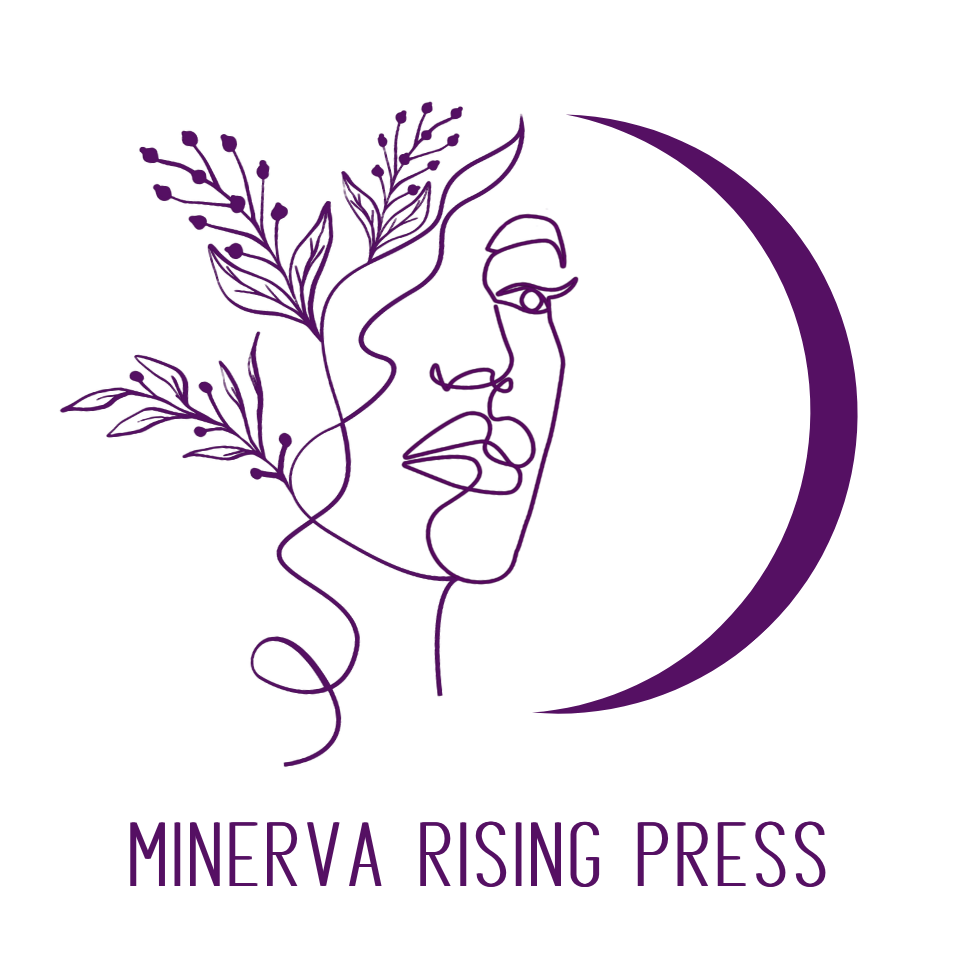It’s California 1956. Land of pink, baby blue and gold-flocked Christmas trees spun with silver tinsel. The sun is warm. The trees are real but take on the aura of Walt Disney’s Fantasyland, where we all flocked for a dose of wanting to be in another place and time. Lincoln and Cadillac convertibles, the same tree-colored pastels, cruise Ventura Boulevard, piloted by women with blonde-streaked, wind-swept hair as if they are guardian angels on ancient sailing vessels protecting all who ride. Only nine more shopping days until Christmas the shop windows scream in flashing neon.
We lived far from there, tucked into a tract house in a northwest corner of the San Fernando Valley where orange and lemon groves still gave off the perfume of promise.
There was no Christmas tree in our house and there never would be. Not even one with blue and white flocking topped with a Star of David, like some people we knew. Christmas is not a secular holiday, my parents insisted, though I didn’t want to believe them. Especially when friends rode shiny new two-wheelers up and down the street while I watched sitting alone from the front step.
Once, the summer before, I stood on the sidewalk after a swimming lesson, waiting for my mother. Two teen boys drove by in a raked and lowered chopped Chevy. They slowed. Took me in. The car was sparkly midnight blue with spinner hubcaps that looked like a fireworks show in rotation.
“What are you waiting for? Christmas?” They laughed, popped the clutch, revved the engine and peeled off. I burst into tears. We don’t celebrate Christmas, I want to shout.
The Holocaust still lived in my house where our mother constantly wept over lost relatives, imagined herself to be a survivor and took to her bed. On my street, the neighbor kids pelted the house with eggs and screamed at us, the Jews killed Jesus. Our father, educated in Torah, explained Chanukah as a minor holiday to give Jewish children a winter celebration, too. We did not compete.
I married men who were raised in religion but had none of their own. The marriage contract included no tree. I learned to grate onions and potatoes, mix in eggs seasoned with garlic, salt and pepper for perfect latkes, crisp-fried in oil. I served these at Chanukah parties that coincided with Christmas feasts when friends gathered in the cold for winter solstice to drink good wine, dine on rare roast beef, chocolate pots de crème, celebrate life and the lengthening of days. Like my parents before me, I lit the candles now and again, told the story and topped the latkes with sour cream and applesauce. Amen.
Today, I am in the cottage of my ex-second husband’s second wife, recovering from surgery. Our friendship grew as my marriage waned. Her mantel is adorned with magnolia leaves and berry-laden Nandina. The Christmas tree reaches to the ceiling, fresh green, adorned with southern family heirlooms collected and handmade, unpacked and packed again, an annual ritual, salve of small repetitive motion. Candles illuminate the once functional fireplace.
Here come the holidays. Yes, welcome them now, a season of reflection, a time of peace, a recommitment to bring light into the world however we can.
***
Norma Hawthorne writes and photographs from a small indigenous Oaxaca, Mexico village where she lives most of the year. Her blog, Oaxaca Cultural Navigator LLC (http://oaxacaculture.com), offers commentary, arts workshops and a July 2015 Women’s Creative Writing and Yoga Retreat. Her home base in the U.S.A. is Graham, North Carolina. Norma’s work, “In the Eyes of Mother,” can be found in Issue 4: Mothers.


